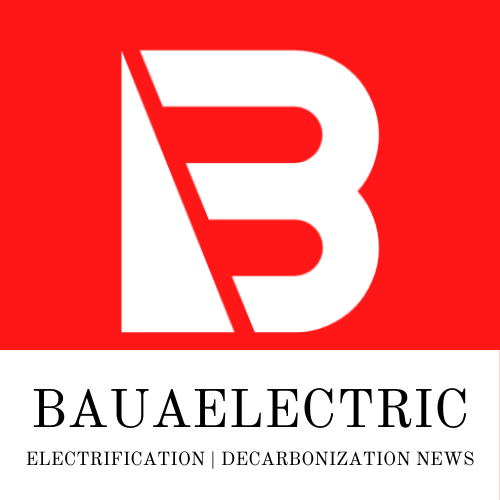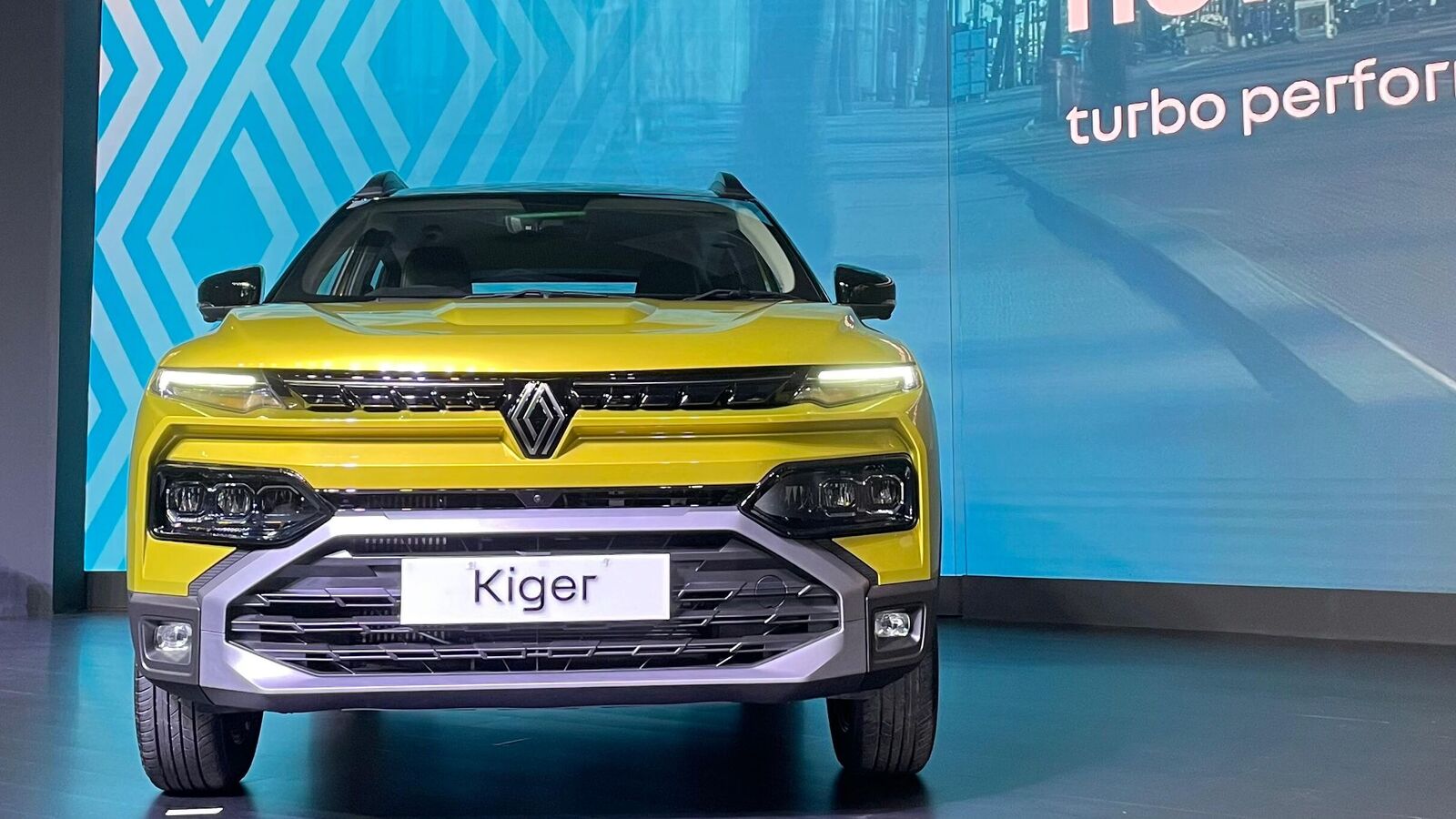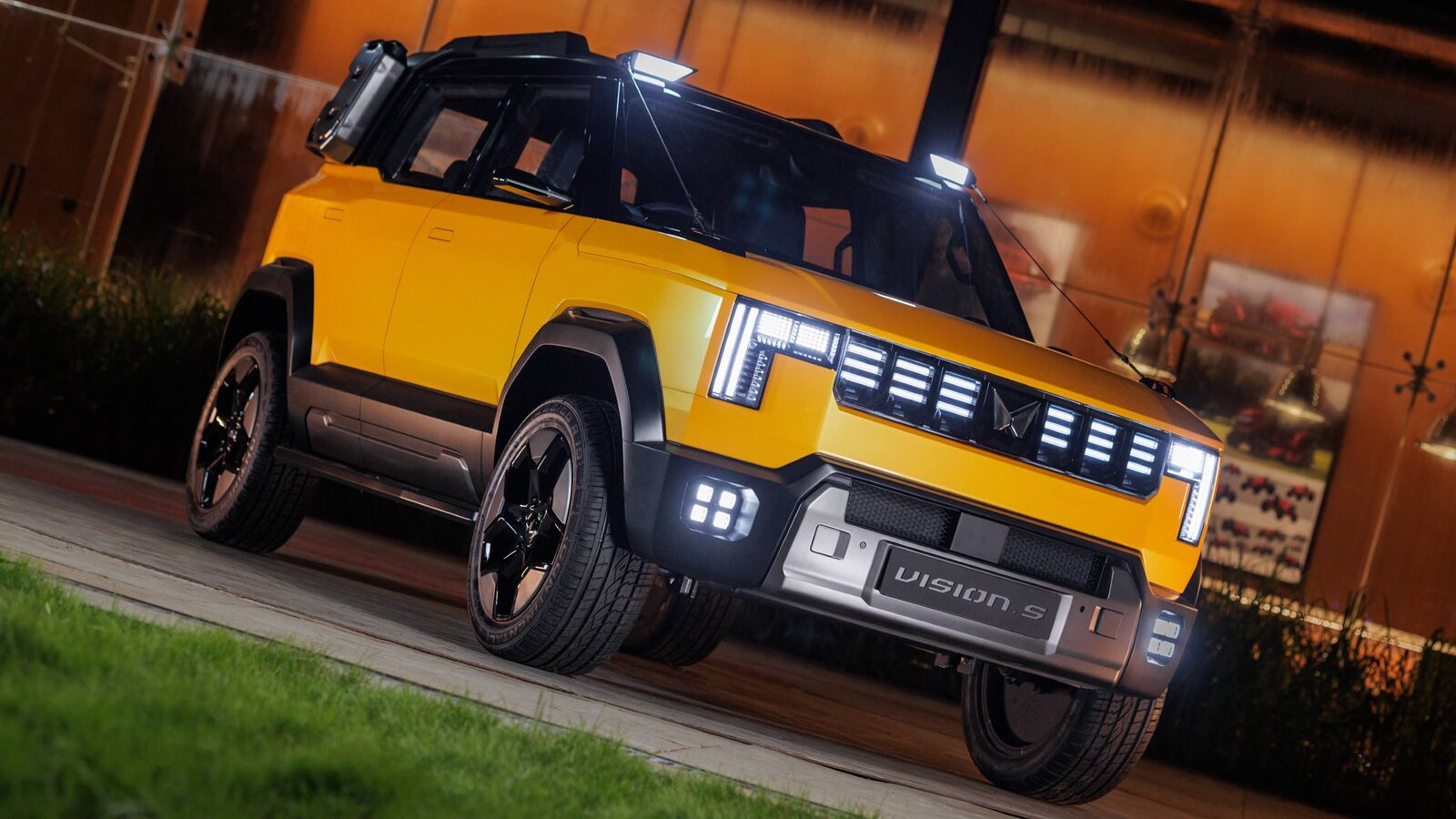21 October 2024

New-car registrations in Switzerland performed poorly in the third quarter, as used model prices continued to fall. Hans-Peter Annen, head of valuations and insights at Eurotax Switzerland, provides an outlook for 2024 with Autovista24 editor Tom Geggus.
After positive signals in 2023, the Swiss new-car market has lost momentum this year. Between January and September, registrations in Switzerland and Liechtenstein reached 175,730 units. This was down 3.9% year on year and more than 22% below the figures from 2019.
While manufacturers have been able to deliver without issue for some time, demand is not keeping pace. There is an overall reluctance to buy, with battery-electric vehicles (BEVs) the target of particular scepticism. Buyers are instead choosing to delay switching to the powertrain, opting for a hybrid vehicle instead.
Electrified struggle
Of the 175,730 new cars delivered so far this year, 105,385 were equipped with an electrified drive. This includes BEVs, plug-in hybrids (PHEVs), full hybrids (HEVs) and mild hybrids (MHEVs).
Electrified registrations were therefore up 3% year on year, taking a market share of 60%, up 4.5 percentage points (pp). BEV registrations fell to 32,802 units, down 9.5% compared to last year. The technology took a market share of 18.7%, down 1.1p year on year.
PHEV deliveries have also slumped, with figures down 6.7% to 15,118 units. Hybrid registrations, made up of HEVs and MHEVs, increased significantly, by 15.4% to 57,455 units. The powertrain category captured 32.7% of the market in the first three quarters, up 5.5pp.
Pure petrol cars recorded a registration drop of 15.9% compared to the same period last year, with 53,145 units. Meanwhile, diesel cars remained remarkably stable, down only 1.4% to 17,191 units. It took a market share of 9.8%, up 0.3pp.
Sales struggle in September
In September alone, registrations dipped by 6.6% year on year to a total of 20,155 units. This was the result of declines across multiple powertrains. Petrol deliveries shrank by 22.5% to 5,232 units, while PHEVs fell by 18.3% to 1,704 units.
Registrations of electric vehicles (EVs), made up of BEVs and PHEVs, fell by 11.2% to 4,560 units. Meanwhile, hybrid deliveries increased by 20.5% to 6,972 units in the month. The hopes for an improved second half of 2024 have largely evaporated. The market’s performance is currently reliant on HEVs and improving sales of PHEVs and BEVs.
The country is unlikely to see a return to the registration figures recorded a few years ago. It appears Switzerland’s ageing vehicle fleet is not destined to get drastically younger any time soon.
Used-car transactions stagnate
Switzerland saw a used-car transaction boom up to 2022, after which this positive trend went into reverse. The market is now defined by increasing supply and declining demand, with ownership changes up slightly between January and September.
A total of 572,080 transactions took place in the first nine months of 2024, up 1.6% year on year. Due to calendar and seasonal factors, the figures have fluctuated greatly, especially during spring and the summer months. In September 2024, there were 62,307 changes of ownership, 1.8% lower than the relatively positive figures from 12 months ago.
Due to strong fluctuations between individual months, ownership changes should be viewed over an elongated period. A slight increase in transactions is expected in the fourth quarter of the year. This is because of the low volume of new-car registrations and resulting trade-ins.
Large supply meets cautious buyers
The number of used cars on offer across all age groups was still slightly above the pre-COVID-19 level. Only models up to two years of age saw sluggish supply, down by 28% compared with the beginning of 2020. However, in the other age groups, the supply is greater or the same.
With almost all age groups seeing continuing supply and buyer reluctance, prices on the used-car market have been under pressure. Asking prices have fallen significantly in the first three quarters of 2024.
Compared to February 2020, the Eurotax asking price index shows that values are now around 5% higher than before COVID-19. Meanwhile, the index sat at 16% above the rates seen in 2022, with values peaking in July and August.
All powertrains and age categories benefited from the exceptional market situation until the end of 2022. Now, two-thirds of this price increase has disappeared, and asking prices are slowly but surely veering towards the same level seen in early 2020.
One exception is HEV prices, which did not rise as sharply and have now declined significantly less. Meanwhile, BEVs have seen the sharpest decline since the end of 2022, starting from the lowest point of all powertrains.
Consumer sentiment is key
There is another important factor that affects prices alongside the tense new-car market situation and the large supply of used models. Consumer sentiment and the acceptance of electrification are also very important.
With costs remaining relatively high as well as uncertainties in the energy sector, consumer demand remains very subdued. However, there is a steadily growing supply of new models with increasing discounts and incentives. Buyers also have access to a comprehensive range of used electric cars.
The price and volume war for new cars and the large number of used cars available are meeting with too little demand overall. This will lead to an overall decline in residual values across the remainder of 2024 and into 2025.
*Since the beginning of 2022, the Federal Roads Office, ASTRA, has provided figures for changes of ownership. Before that, up to and including June 2022, ASTRA supplied raw data with all changes in the Swiss vehicle stock. The analysis of changes of ownership was carried out by Eurotax, partly with assumptions. The figures calculated in this way were approximately 3% higher than the values according to ASTRA’s evaluations from 2022 onwards. Therefore, the figures for 2022 are based on ASTRA data. The values up to and including 2021 are shown according to the previous method. This must be taken into account when comparing the figures for 2022 with previous years. Comparisons are therefore only possible to a very limited extent, if at all.




